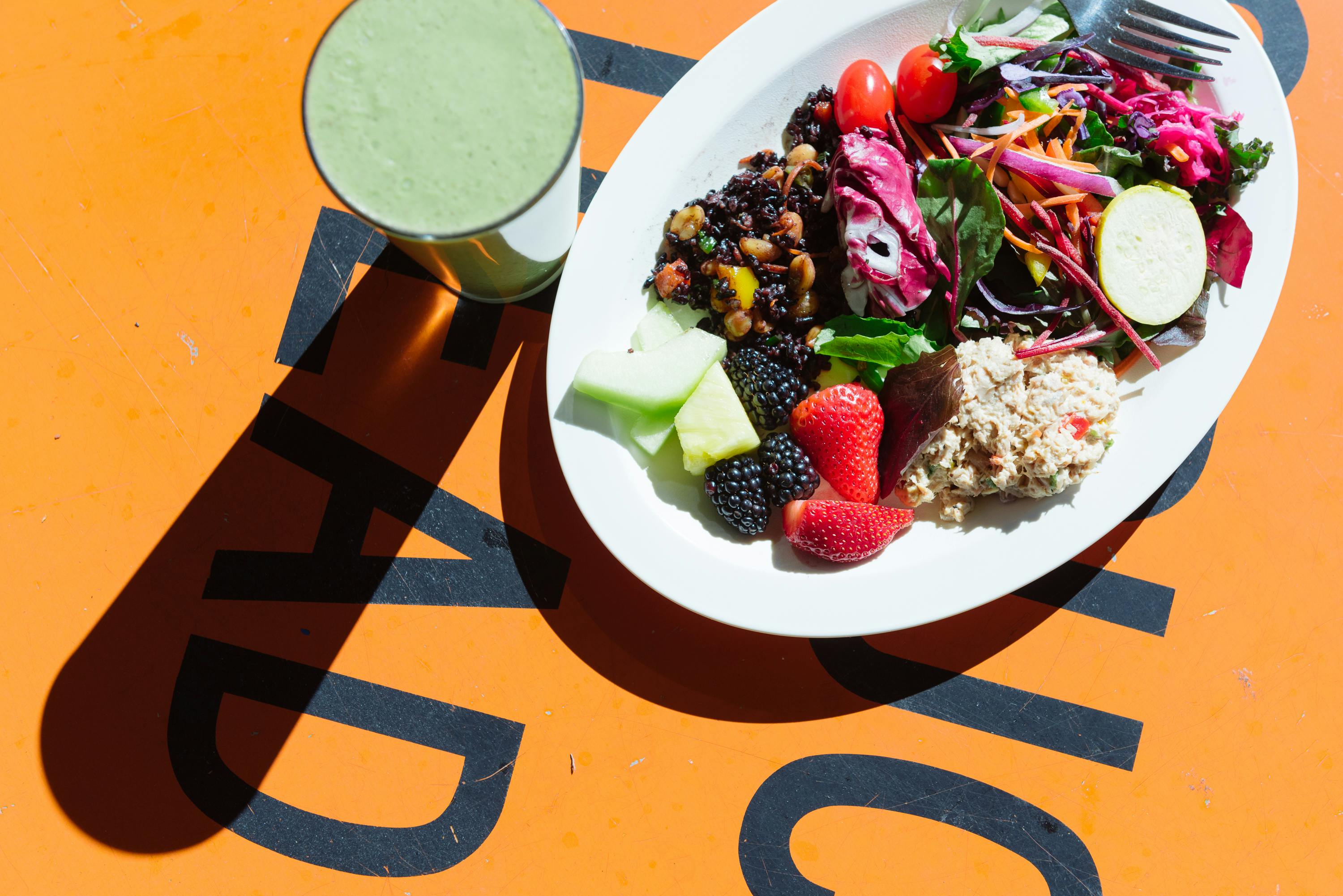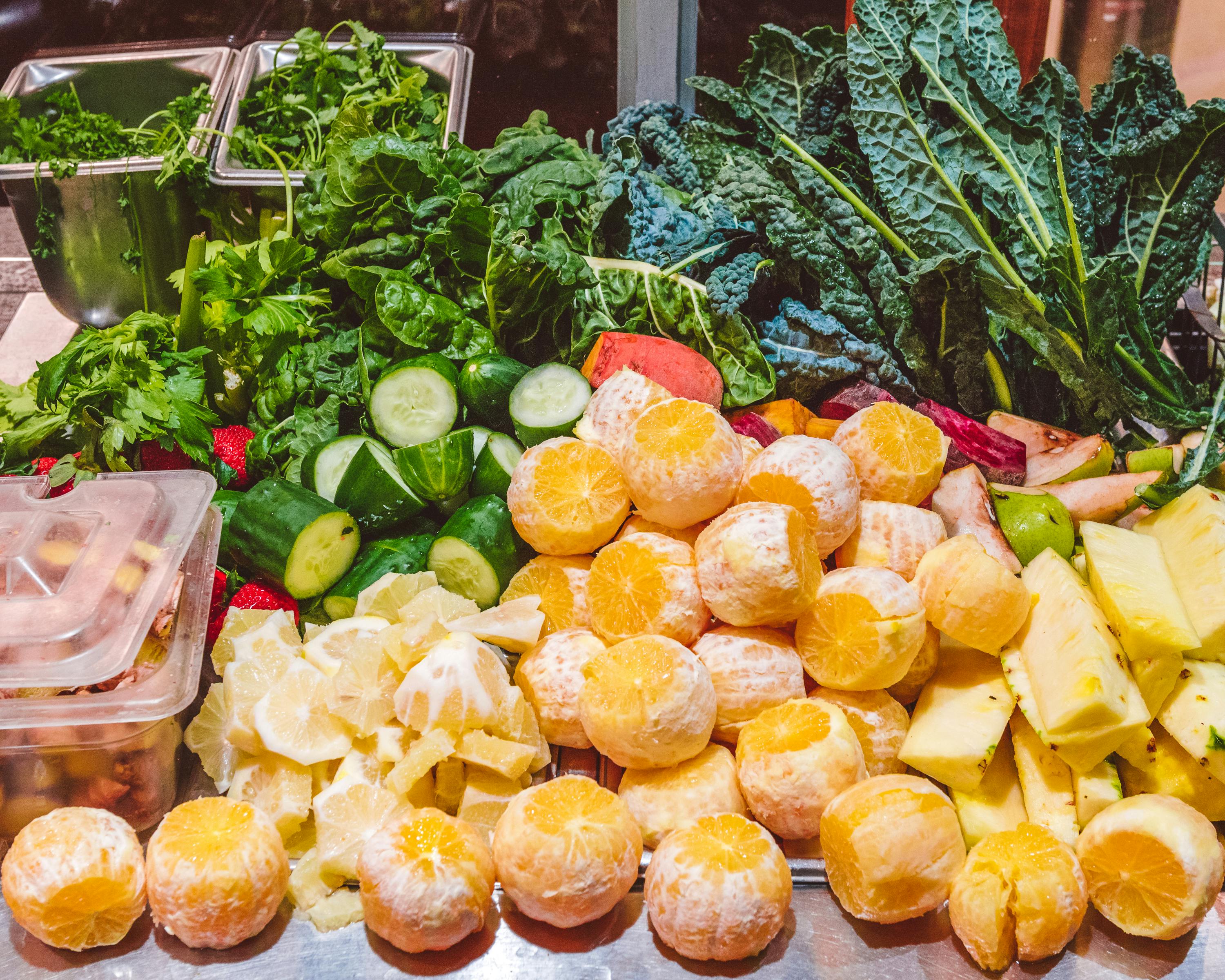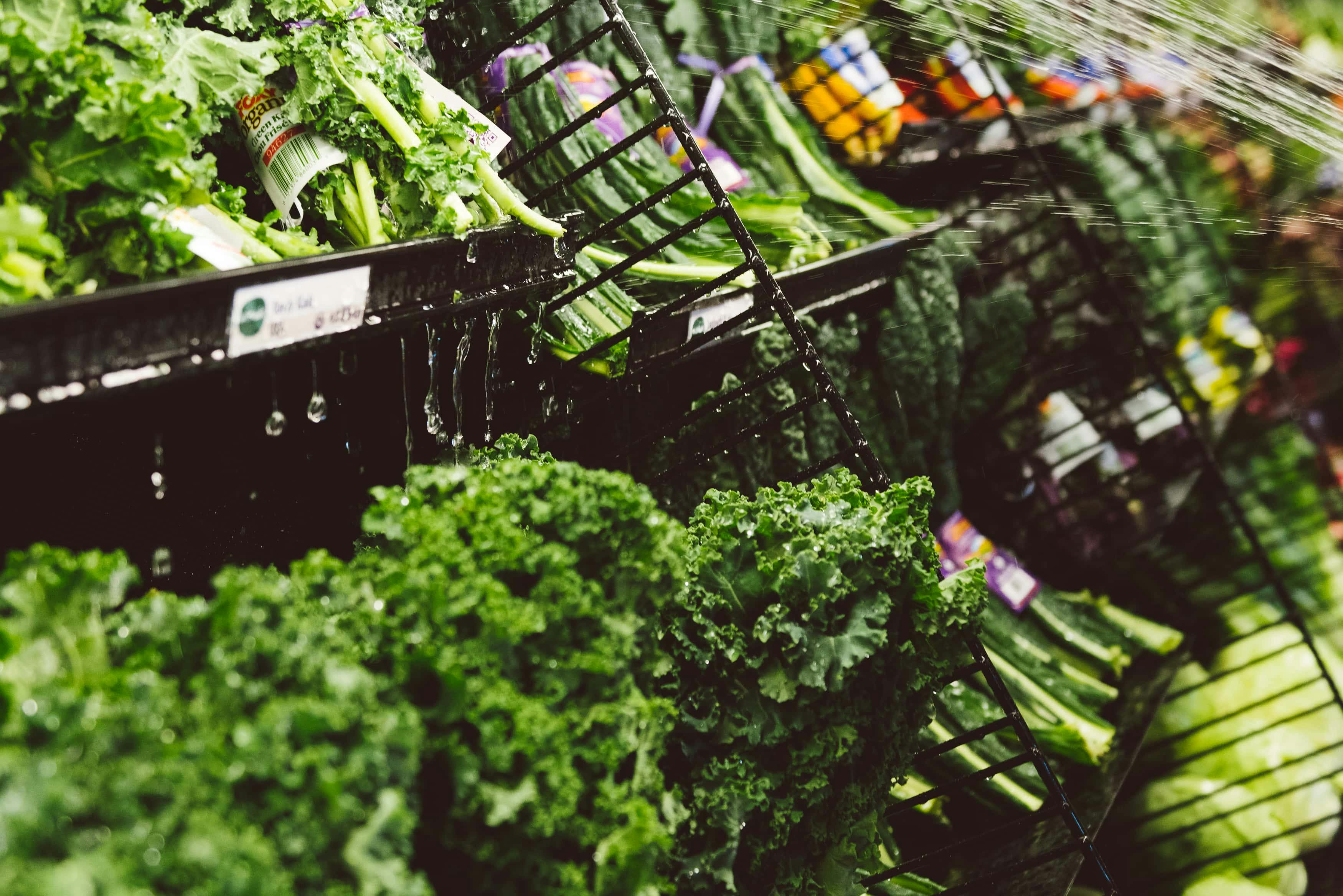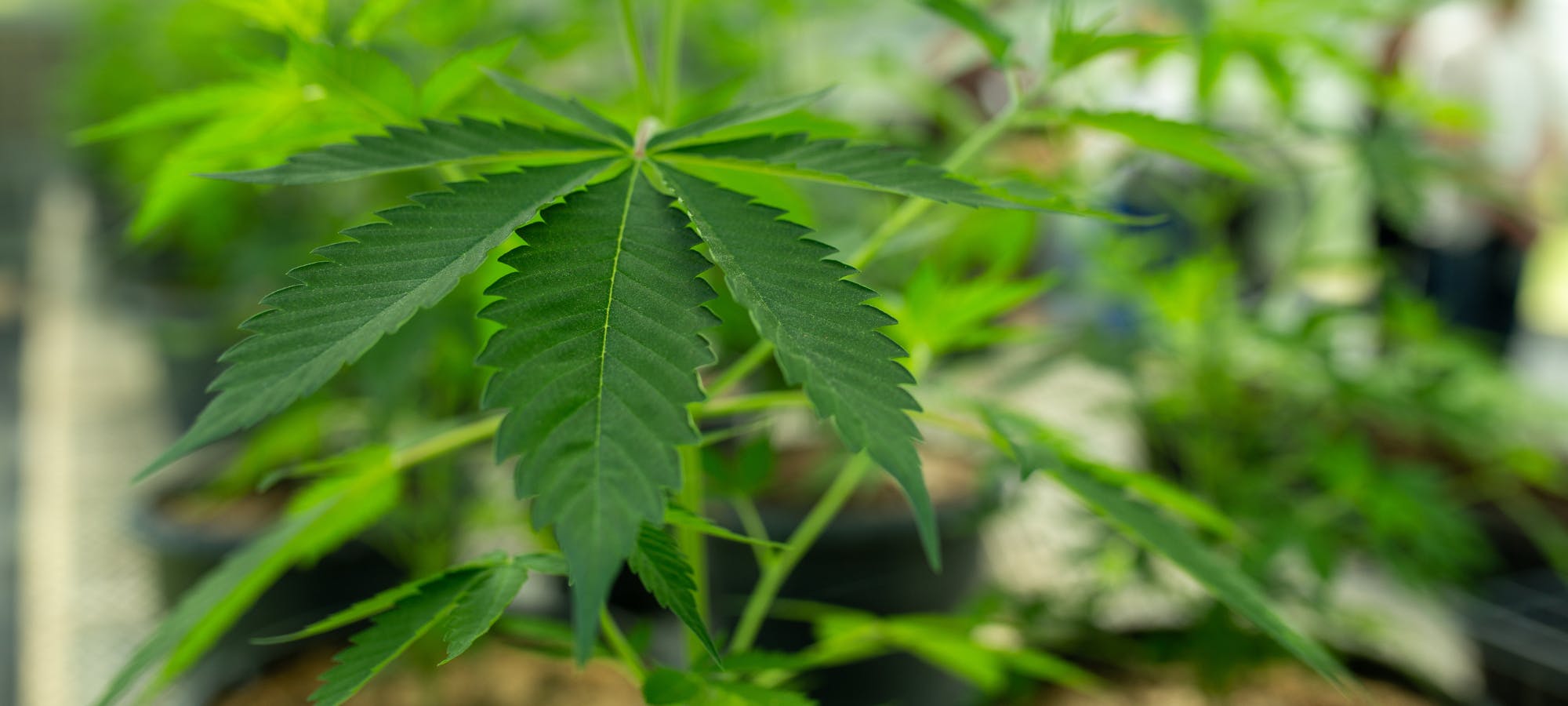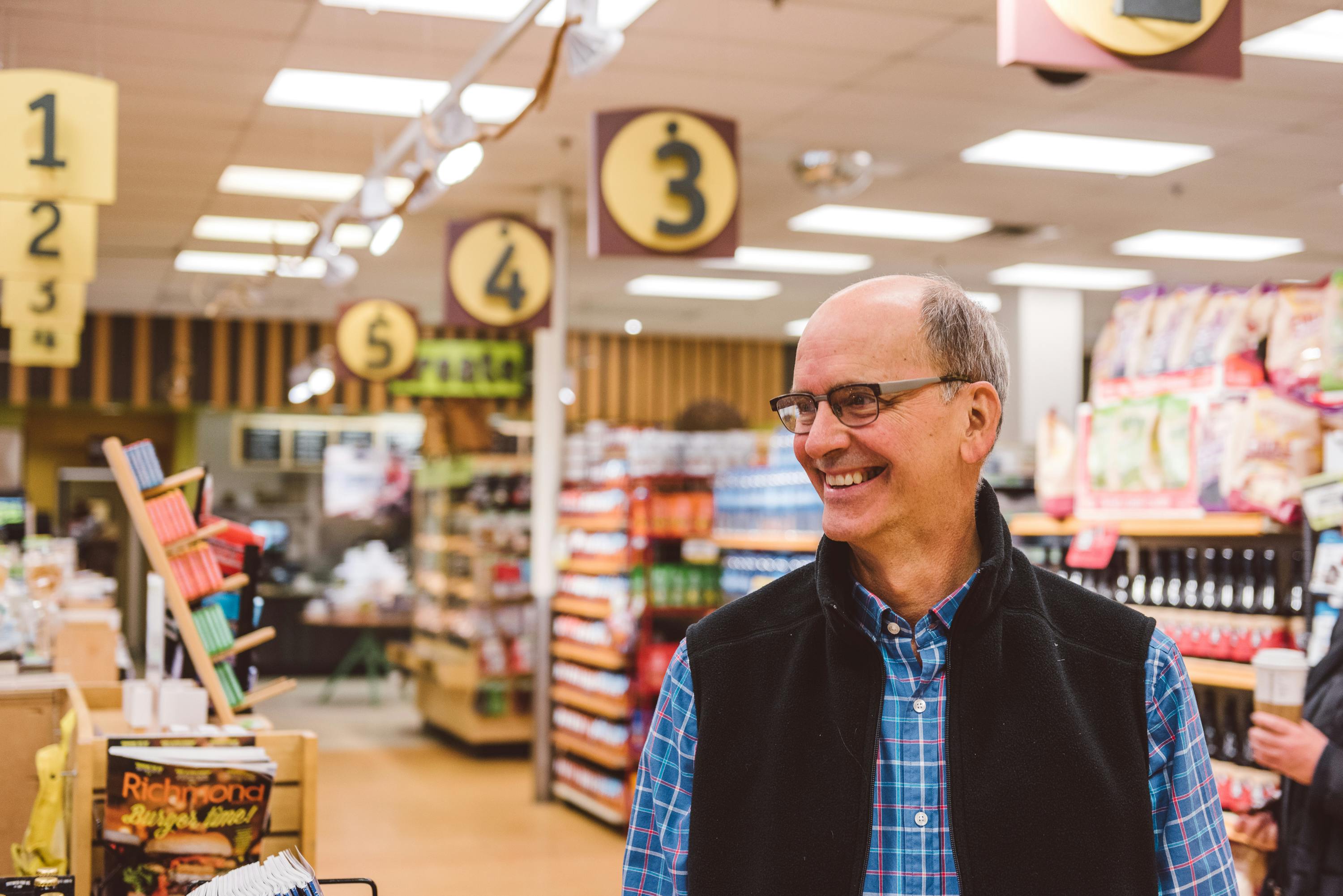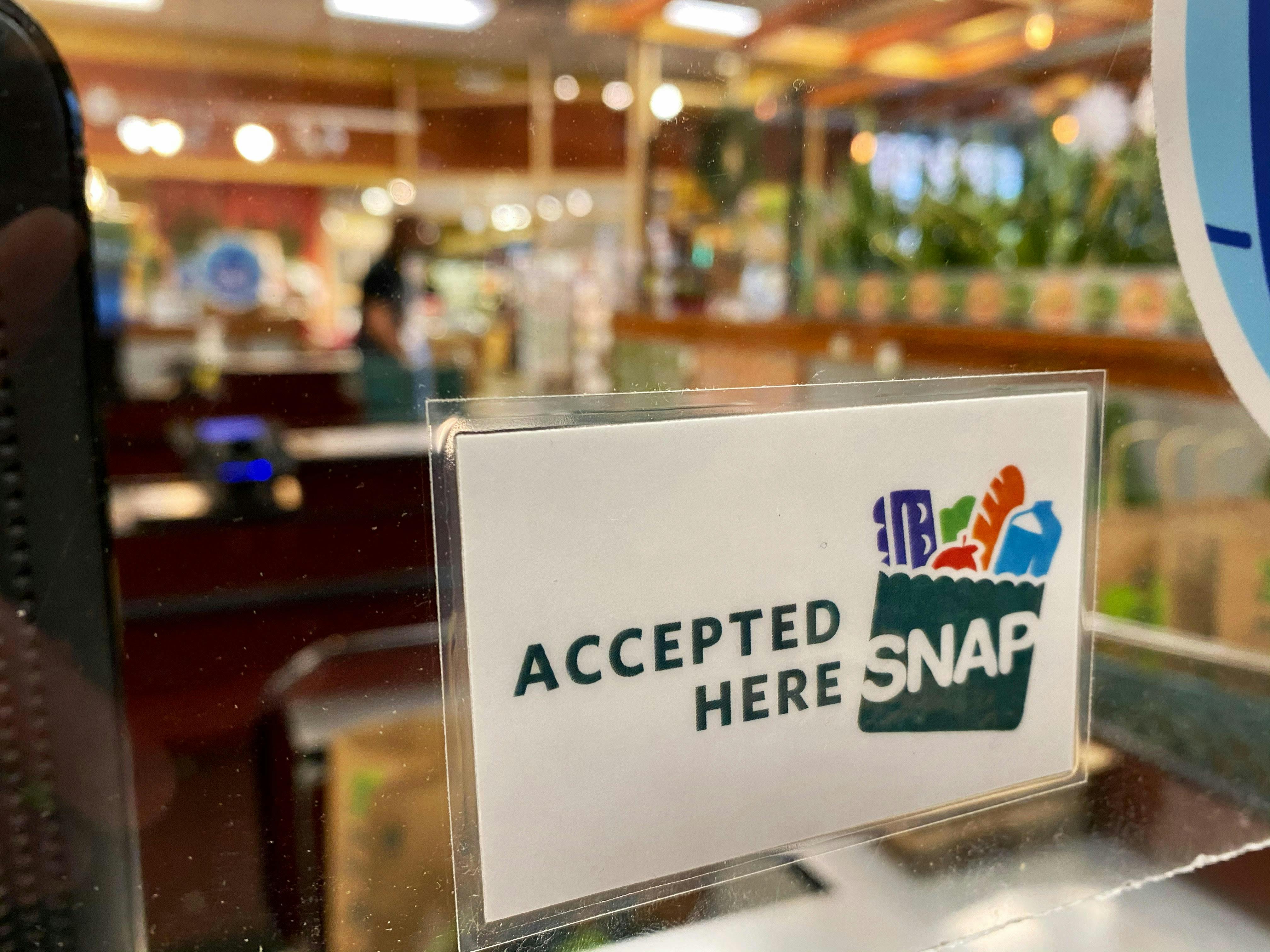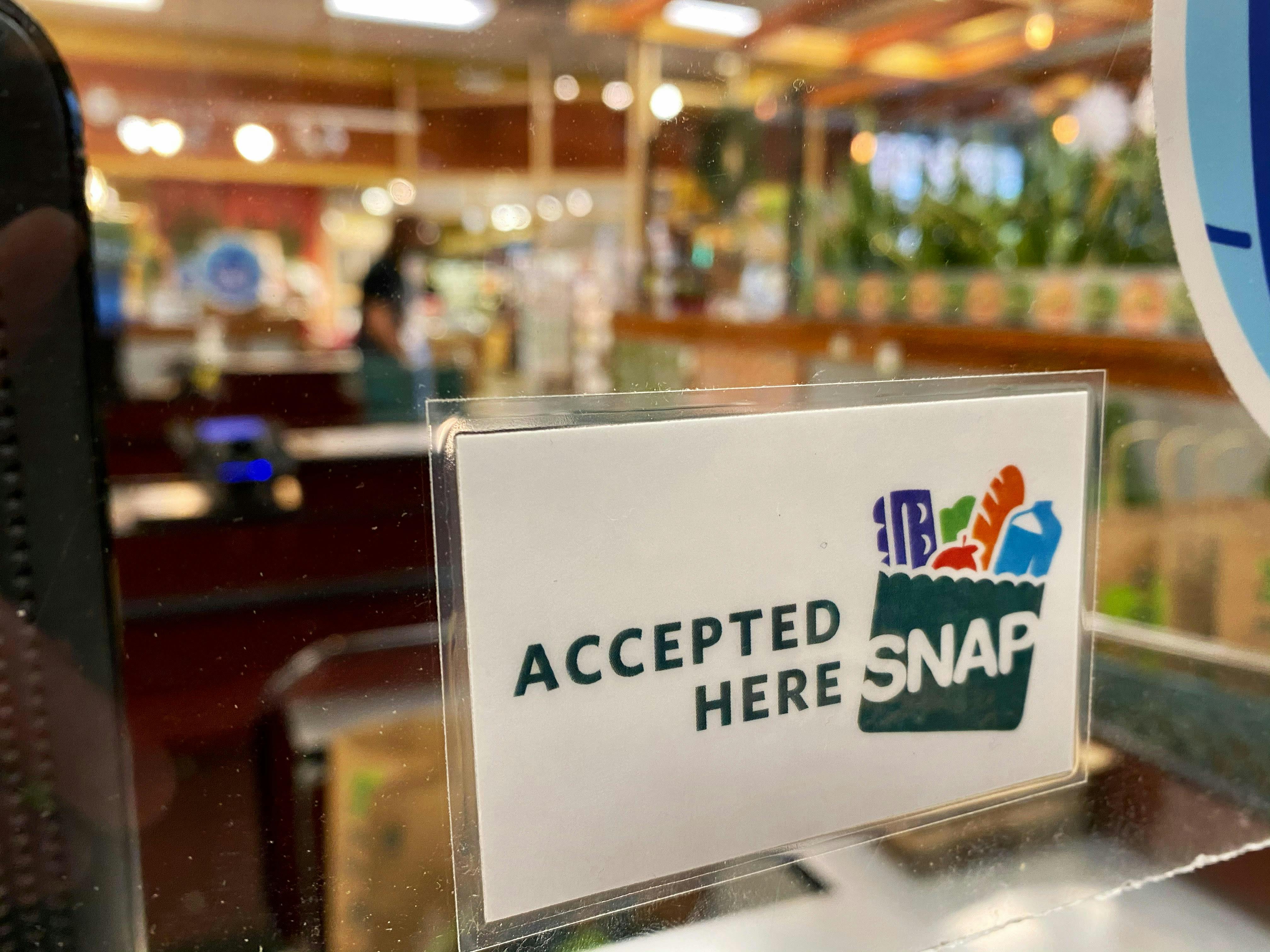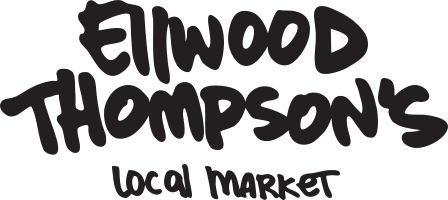Kirk T. Schroder, Ellwood's Food Advocate
The Supplemental Nutrition Assistance Program (SNAP) is run by the U.S. Department of Agriculture’s Food and Nutrition Service. SNAP provides low-income citizens with a food budget in order to end hunger in the U.S. and help families and individuals move towards self-sufficiency. SNAP benefits are provided via EBT cards, which can be used at various grocery retailers for certain subsidized goods.
Although SNAP is an excellent program for obvious reasons, the foods that the USDA used to finance for the program are mainly unhealthy. Additionally, healthier choices are often much more expensive than heavily processed foods. These factors led many SNAP participants to be put in a position where they had to compromise their health to get enough food to last them through the month. Research shows that in 2015 SNAP participants were more likely to die from diabetes and heart disease as well as become obese than their non-SNAP counterparts.
As a result of this research and the dedication of many concerned citizens reaching out to policymakers, incentive programs have been implemented to increase fruit and vegetable intake amongst SNAP recipients. Fruit and vegetable incentives have resulted in more SNAP participants seeking healthier options across the U.S.
U.S. Congress passed the Gus Schumacher Nutrition Incentive Program in the 2018 Farm bill. This program awards grants to fund projects that help incentivize low-income families to make healthy food purchases. Other fruit and vegetable incentives available for SNAP recipients vary in each state. In Virginia, incentives allow for SNAP benefits to double when purchasing from farmers’ markets. Additionally, low-income families can be ‘prescribed’ $20 passes to be used to buy fruits and vegetables at farmer’s markets.
These incentives not only drive SNAP participants to purchase more fruits and vegetables at large retailers but also at local farmer’s markets. In urban and rural settings, fruit and vegetable incentives have driven SNAP-eligible individuals to purchase more goods from farmers’ markets. Small-scale farmers benefit from the incentives and put the money they earn back into their community by purchasing more local goods or paying local taxes. The incentives’ impacts have proven to stimulate the economy in traditionally low-wealth communities instead of putting more money into corporation owner’s pockets.
The increased support for local farmers resulting from the fruit and vegetable incentives decreases SNAP participants’ carbon footprints. Additionally, the motivations for purchasing food from local farmers prevent low-income families from being forced to eat cheap produce from chain grocery stores laced with chemicals and preservatives. Small scale farmers use less harmful chemicals since their produce does not need to travel for thousands of miles; therefore, SNAP recipients consume healthier products.
Overall, the fruit and vegetable incentives for SNAP-eligible individuals and families have benefited the recipients, their communities, and the global fight against climate change. These programs should continue to be funded and improved upon because everyone deserves to have the option to eat healthy food.
